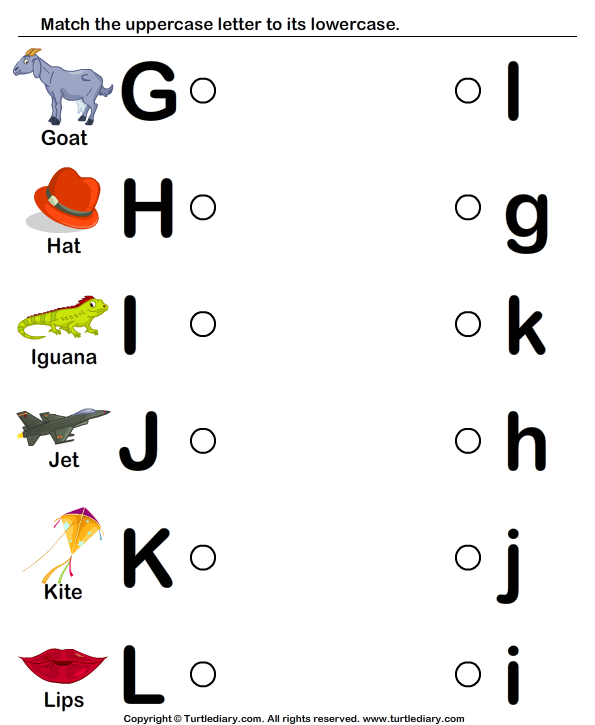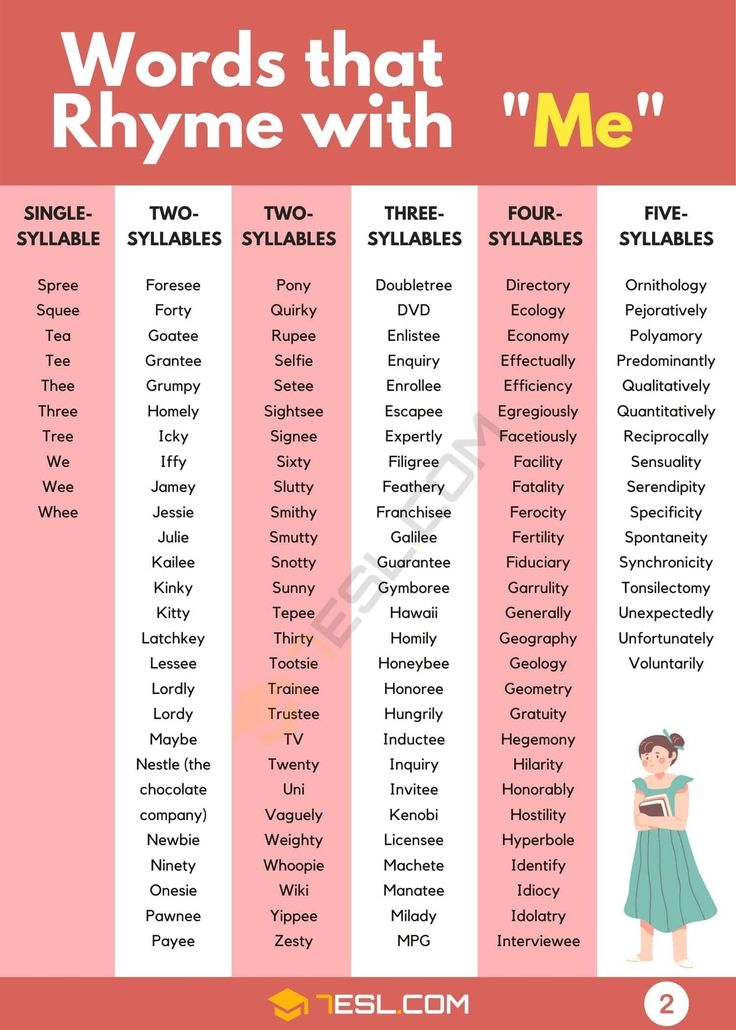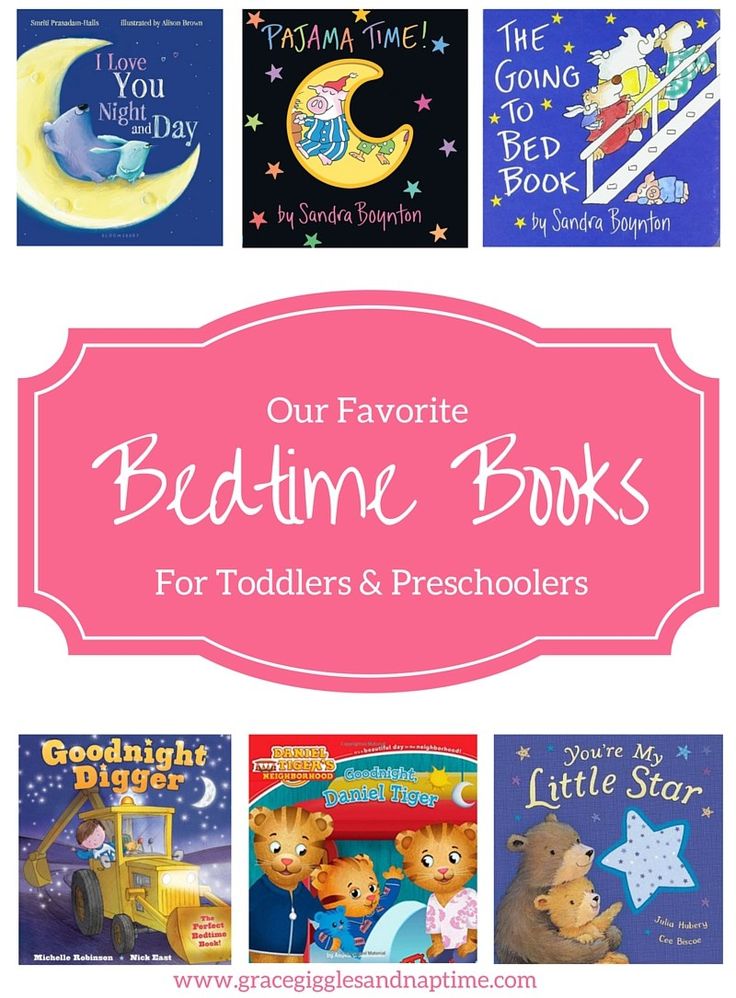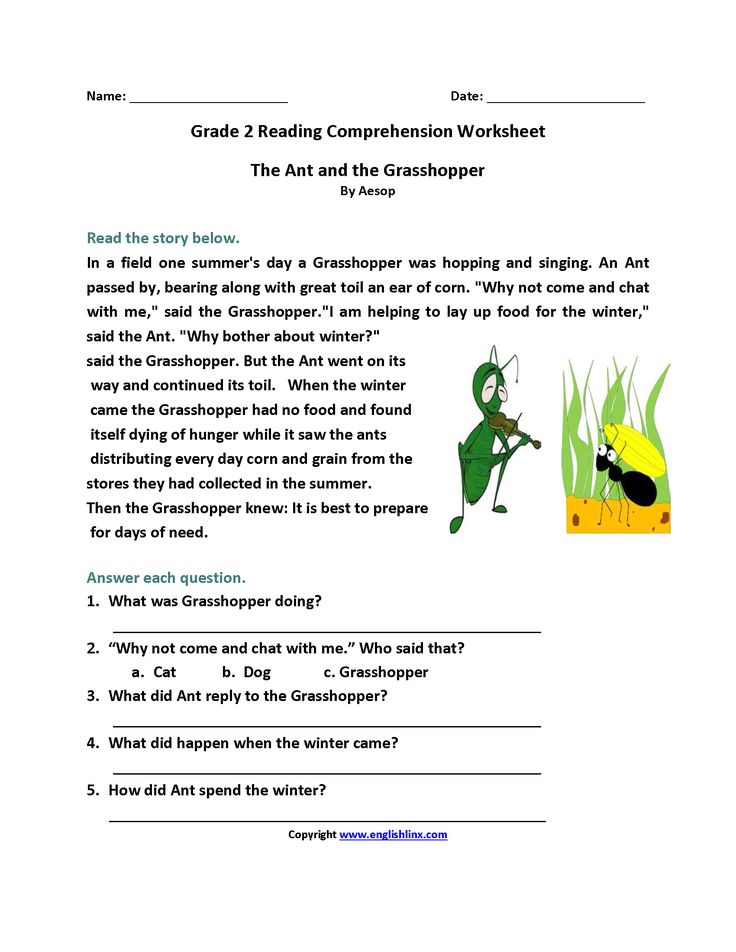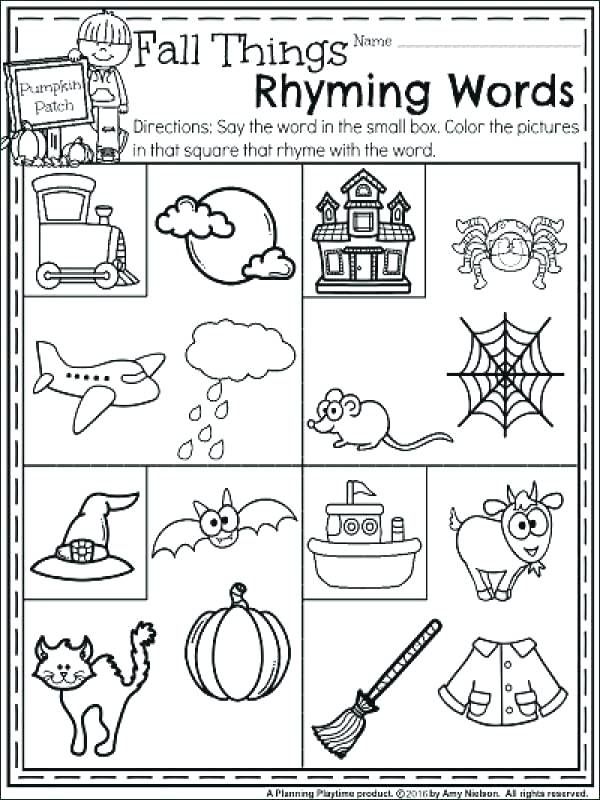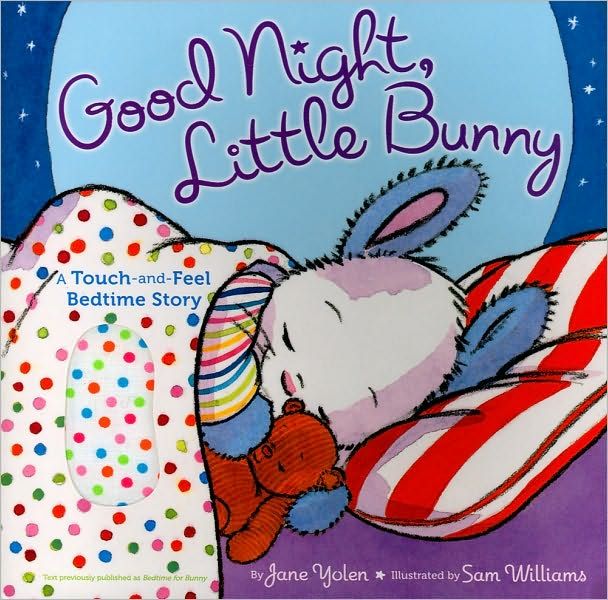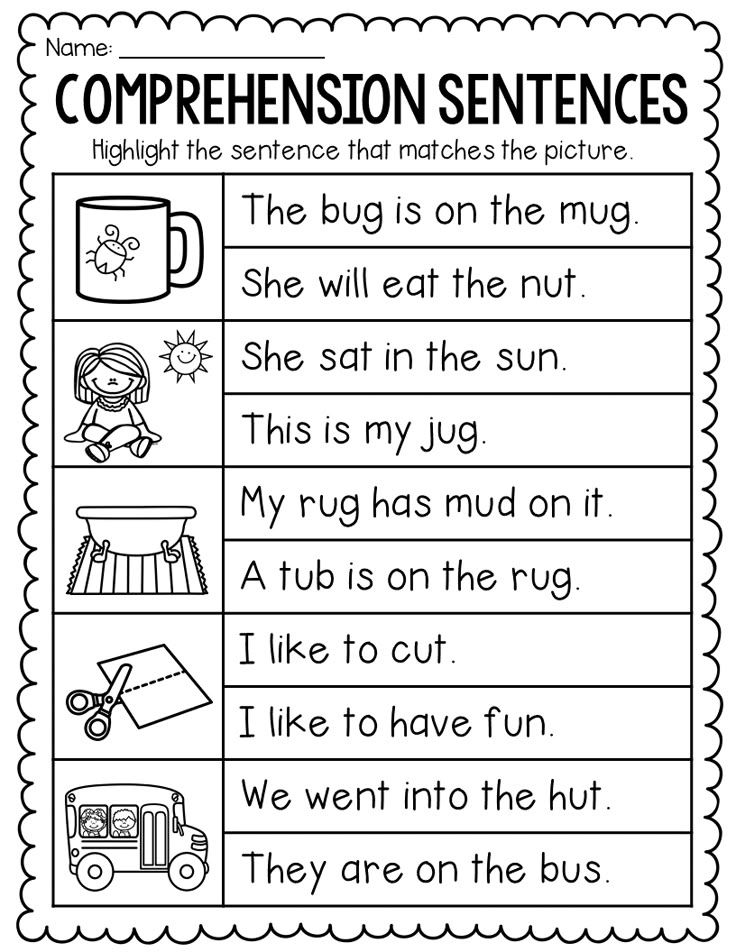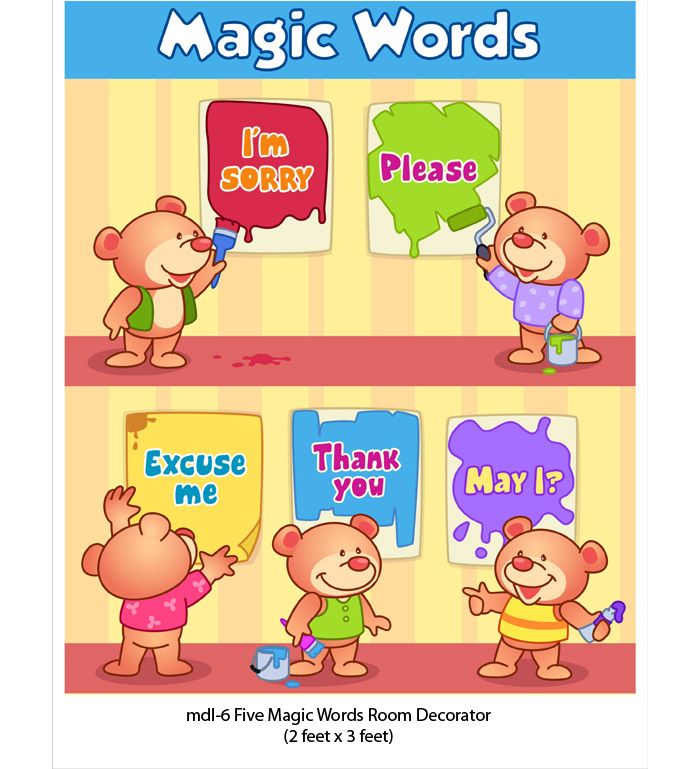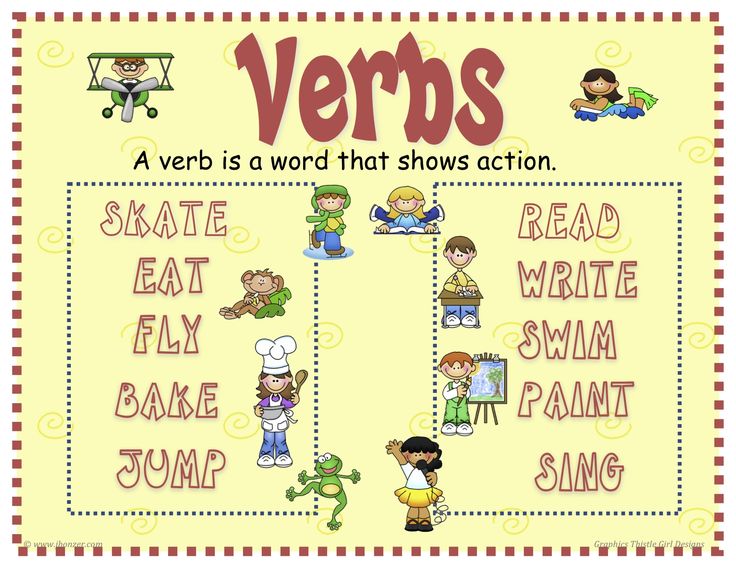Letter sound games for preschool
14 Phenomenal Phonics Activities for Preschoolers
It’s difficult to overstate how important reading and language are. These skills are the foundation for a lifetime of success, so it’s only natural if you’re seeking out ways to make sure the little ones in your care are on solid ground. One tried-and-true method for building literacy skills is through the use of phonics activities. In this article we’ll help explain what phonics are and share some excellent phonics activities we’ve found from preschool professionals.
What are phonics?
It’s pretty simple—phonics are just the relationships between letters and the sounds they make. For instance, the letter “p” sounds like /p/ and the letter combination of “tion” sounds /shun/. Though letter combinations like “tion” are more complex, preschoolers can get started learning to recognize simpler letter sounds.
Learning phonics will help young kids decode words to learn how they’re pronounced and what they mean. This will give them a leg up on writing and spelling. Normally learned between kindergarten and second grade, phonics activities are available for every age, including remarkably simple and amusing options for you and your child. We’ve gathered the best on the web just for you and your preschooler.
14 Fun phonics activities for preschoolers
1. Rainbow hop letter sounds game
This kinetic phonics game from Fun Learning for Kids transforms your living room into a life-sized board game. Simply use colored paper, one die and a marker to create a stepping-stone for every letter of the alphabet or however many you have room for. You can even include “ch” and “sh” pieces for more advanced learners. For the game, your child will roll the die, take the allotted number of hops and say and pronounce the letter that they land on. Perfect for playing with siblings or parents or friends, this active game will help your little one learn both letter sounds and counting.
2. Alphabet ball
Best played outside or in a gym, this super simple active game from Hands On As We Grow will keep your energetic preschooler moving, grooving and learning.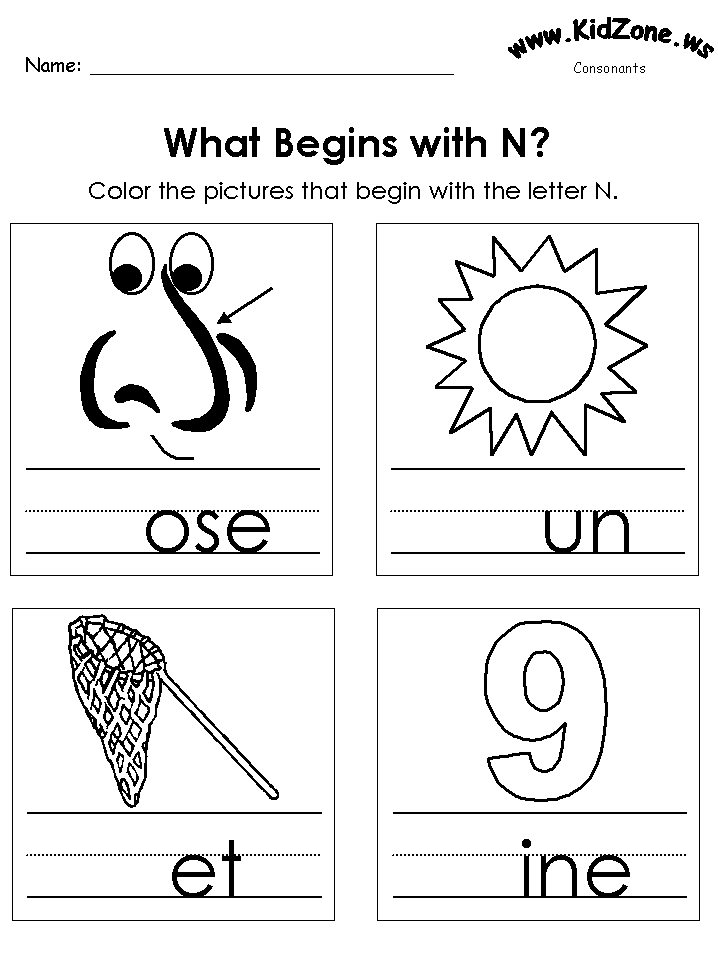 First, the adult calls out a letter and the child responds with a word that begins with that letter. Then, the adult throws the ball to the child and the child gives the adult a letter to find a word for, and on and on. You can make the game even more fun by kicking the ball or chasing each other to tag with the ball. You can also play rhyming ball, where the thrower provides a word for the catcher to rhyme with.
First, the adult calls out a letter and the child responds with a word that begins with that letter. Then, the adult throws the ball to the child and the child gives the adult a letter to find a word for, and on and on. You can make the game even more fun by kicking the ball or chasing each other to tag with the ball. You can also play rhyming ball, where the thrower provides a word for the catcher to rhyme with.
3. Alphabet phonics clip cards
You can download these free, fun and easily portable phonics clip cards from Kids Activities. Using clothespins or any other kind of nonpermanent marker, your child will mark which animal name starts with the letter “z,” “b” or “s” depending on the card. These colorful cards enable your child to work on word association and sounds while in the car, waiting at the doctor’s office or relaxing at home.
4. Letter sounds race
This Letter Sounds Race from Inspiration Laboratories is perfect for your little sprinter. Place letter magnet opposite any magnetic surface—magnet board, the fridge or easel.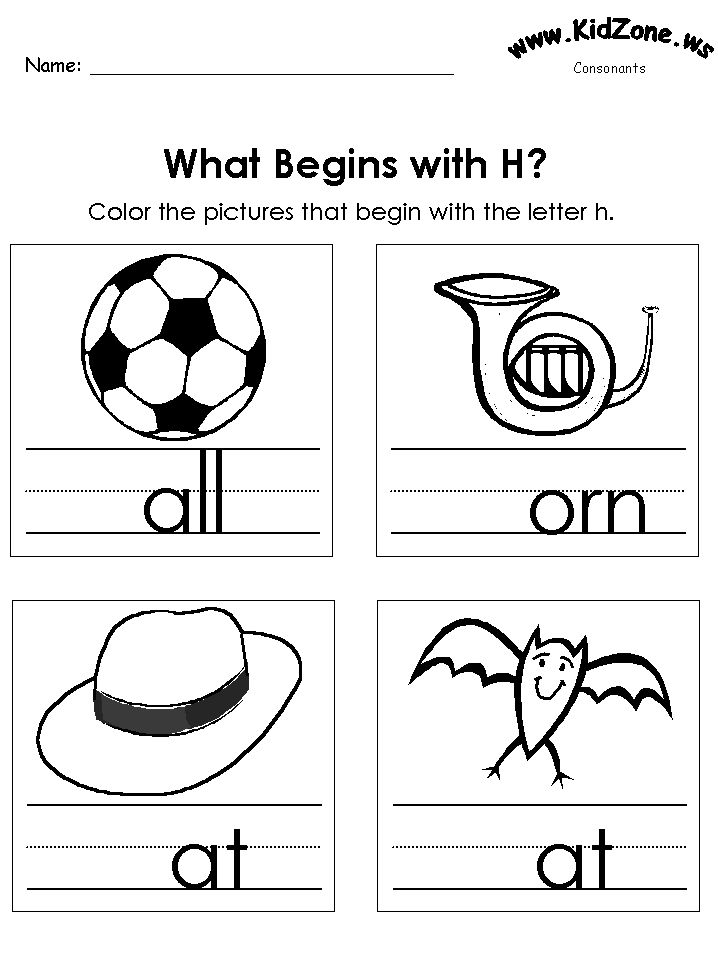 While your kiddo stands near the magnet board, pronounce a letter sound, have them run to the letter magnets, pick out the corresponding letter and place it on the magnet board. You can help your younger child learn new letter sounds by asking them to find and place the letter, pronounce the letter sound and ask them to repeat it.
While your kiddo stands near the magnet board, pronounce a letter sound, have them run to the letter magnets, pick out the corresponding letter and place it on the magnet board. You can help your younger child learn new letter sounds by asking them to find and place the letter, pronounce the letter sound and ask them to repeat it.
5. Phonic photo scavenger hunt
Get clicking with this bright idea from VeryWell Family. Have your preschooler create a photo album, either physical or digital, with a photo of an item for every letter sound: “a” for anthill to “z” for zoo. This is an easy way to keep the learning flowing while on vacation or on the go. This can be done again and again to learn new sounds like “ch” or “sh.”
6. Spin & rhyme
No Time For Flash Cards suggests a creative alternative to boring work sheets. Use a paper towel roll and clothes hanger to easily create rhyming words (e.g., cat, pat, mat, sat). This exercise also helps your little one learn how to break down words and identify word families.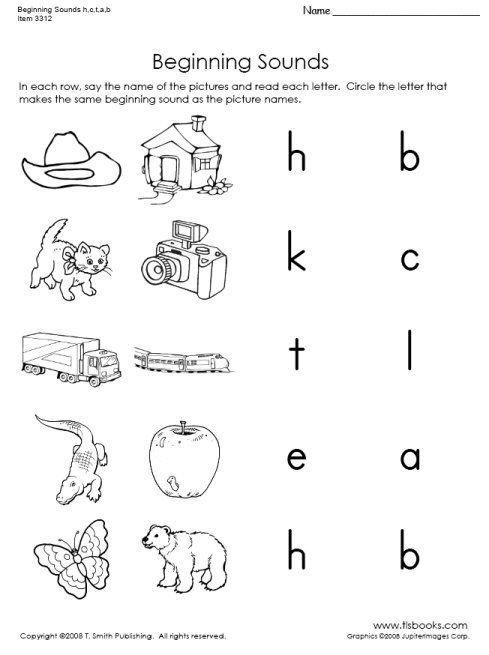 The simple setup is easy to transport and provides a kinetic twist to a basic phonics activity.
The simple setup is easy to transport and provides a kinetic twist to a basic phonics activity.
7. Erase the sound
Your little artist will love this simple and visually stimulating activity. Draw a picture on a whiteboard or chalkboard, name individual letters and have your child identify and erase items in the picture that start with that letter. PreKinders suggests drawing a snowman with a hat for “h,” buttons for “b” and carrot for “c.” If your child is old enough, you could also reverse the roles of artist and eraser, once they see how it’s done.
8. Mystery bag
In this tactile activity from PreKinders, you’ll place three objects within a bag—like a ball, bug and button for the letter “b”—have your child name each item, and guess the “mystery letter” that unites all of the objects. If you have more than one little one learning phonics, you can have them fill a bag for the others with objects around the house to have the others guess.
9. 4 in a row
The Measured Mom recommends this game for older preschoolers who can count to four and know most of their letters, but need a bit of review. You can print this simple sheet from this website and take turns naming and pronouncing a letter. When you or your child names a letter correctly, you can color it in or cover it with a small object or game piece. The first to get four in a row wins!
You can print this simple sheet from this website and take turns naming and pronouncing a letter. When you or your child names a letter correctly, you can color it in or cover it with a small object or game piece. The first to get four in a row wins!
10. Kaboom alphabet
Using just jumbo craft sticks and a cup, each player will pull a stick out of the cup and say the sound of the letter written on the stick they draw. Then, they get to keep that stick. But “KABOOM” is written on one stick and every time it’s pulled, the unlucky player has to put all their sticks back in the cup. You can even set a timer as Fun Learning for Kids recommends for a fun speed-round version.
11. Say two words
This simple game from PreKinders requires zero materials and allows kiddos to stretch their legs and get some energy out. When you say two words that begin with the same sound, they should stand up as fast as they can, but stay seated if the words do not begin with the same sound.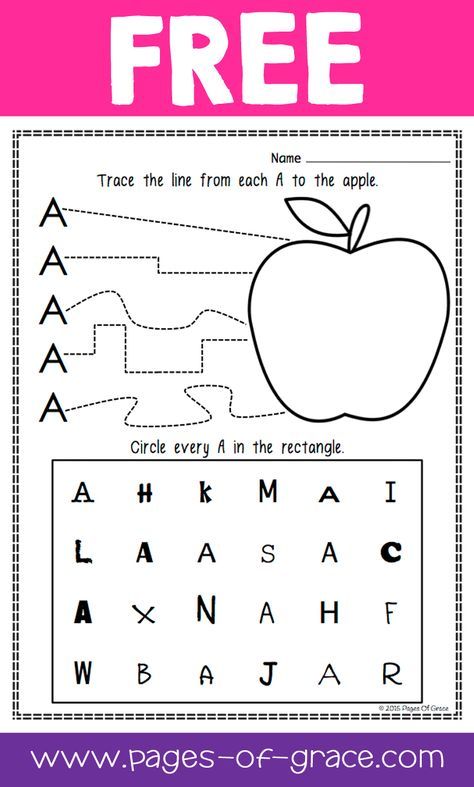 If playing with more children, you can create an elimination system, so that there’s one clear winner determined.
If playing with more children, you can create an elimination system, so that there’s one clear winner determined.
12. Monster names
This simple activity from PreKinders is fun anytime and takes absolutely zero setup. Have preschoolers replace the first letter of their name with the letter “M,” and add ‘mad’ to the beginning. For example, Ashely would become Mad Monster Mashlyn. The kiddos can then stomp around, growl and play monsters with each other. This simple approach for reinforcing phonetic sounds can obviously be expanded and modified for further practice (e.g., Cool Cat Cashlyn, Funny Fish Fashlyn, etc.).
13. Smack the letter
Fun Learning for Kids recommends this flexible and fun game. Preschoolers will love getting to use a flyswatter to hit the letters you write on sticky notes and pronounce for them to identify. You can pick the letter sounds they most need to work on. If playing with a peer, this game can become a race. Two to three children can play for points to see who can reach 10 first.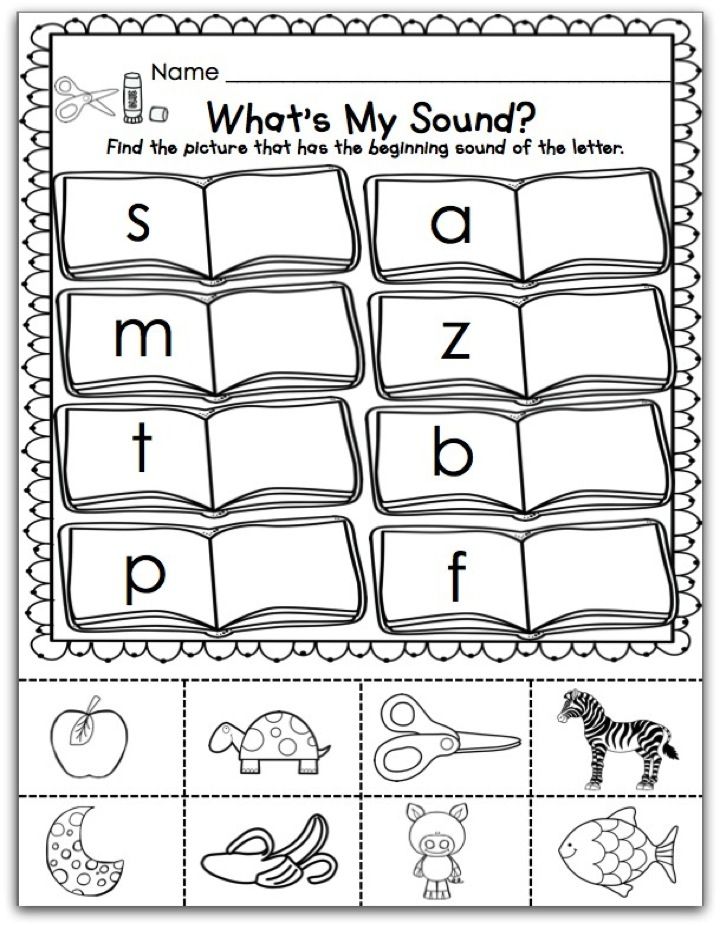 It can also be played tournament-style, if you’re working with a larger group.
It can also be played tournament-style, if you’re working with a larger group.
14. Phonics I-Spy discovery bottle
Imagination Tree offers this fun boredom buster. Fill a large juice bottle with a variety of small items that start with various letters, using rice or sand as a filler for the remaining space. To play, use an alphabet deck or phonics clip cards to pick a letter and have your child shake the bottle and hunt for the item with the corresponding beginning letter.
Make phonics fun!
If these ideas excite you, it probably isn’t because you only love phonics. It’s more likely you love helping little ones develop their minds too. If making a career out of that love sounds like a bright idea, learn about just how important early childhood education is and how you could play a role in it.
Learning Letter Sounds - PreKinders
By Karen Cox | Affiliate Disclosure | Filed Under: Phonological Awareness
These games help pre-K children practice Letter Sound learning in a fun, hands-on way.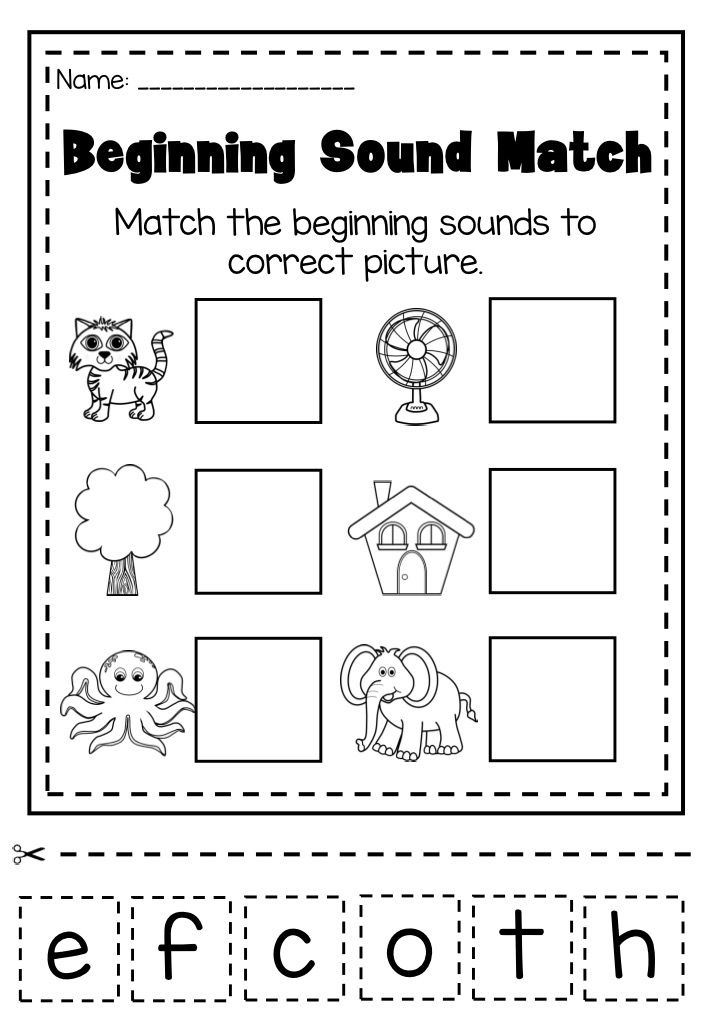
Sound Cups
Use 26 disposable clear punch cups and label each cup with a letter. Letter cup labels can be downloaded below. Collect a set of small trinket objects (you can ask parents and friends to send things in), such as plastic lizard, small block, watch, plastic frog, bandaid, necklace, button, dice. Place the trinkets in a basket. Children sort each trinket into a letter cup by its beginning sound.
You can use all 26 cups at one time, or select 3-4 letter cups at a time for children to focus on. When searching for items to go in the cups, look for dollar store mini toys (especially packs of animals and bugs), look at doll house miniatures, browse craft stores for mini items.
Download: Letter Cup Labels
Erase the Sound
Draw a picture on a dry erase lap board. In the example below, I drew a snowman. Call children up one at the time to erase something that begins with something in the picture. In this picture, children can erase something that begins with H (hat), something that begins with B (buttons), something that begins with N (nose).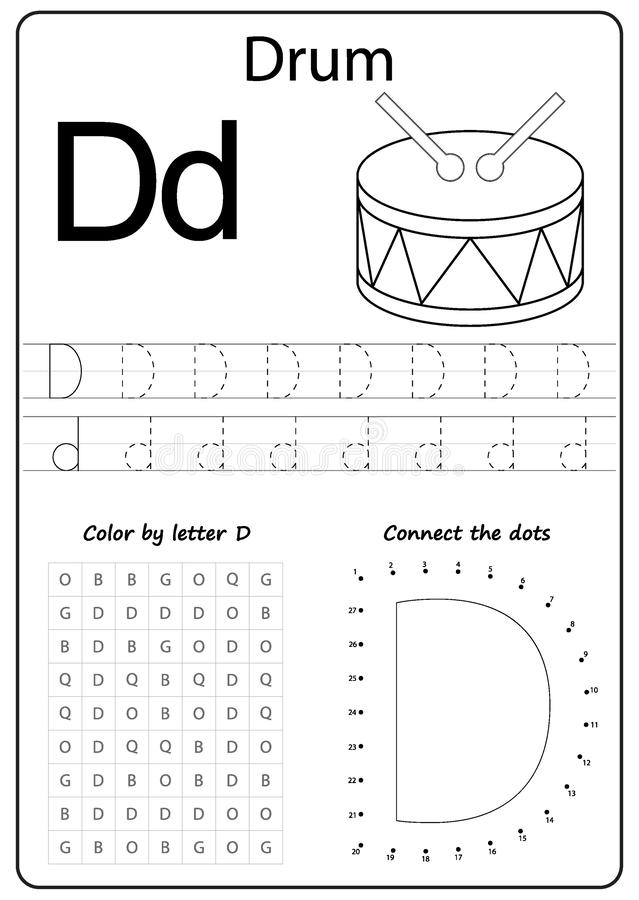 Continue until everything is erased.
Continue until everything is erased.
Mystery Bag
Place three objects beginning with the same letter in a bag (such as ball, bug, and button for B). Have a child pulls each item out of the bag and name each item. Have the class guess the “mystery letter”.
Guess Who?
Say three words and have the kids guess whose name begins with the same sound as those three words. For example, call out:
- lake
- lemon
- lamp
The class would guess Levi. If you have more than one child in your class (maybe Levi, Lucy, and Layton) who start with that letter sound, the class can name all of them.
I have prepared a list of words for each letter that you can use for your students. Download the list below.
Download: Beginning Letter Sounds List
Monster Names
Have kids stand, stomp, and growl when you say their “Monster Name”. Replace the first letter of each child’s name with the letter M. For example, Braden’s name would become “Mad Monster Maden” and Ashlyn’s name would become “Mad Monster Mashlyn”.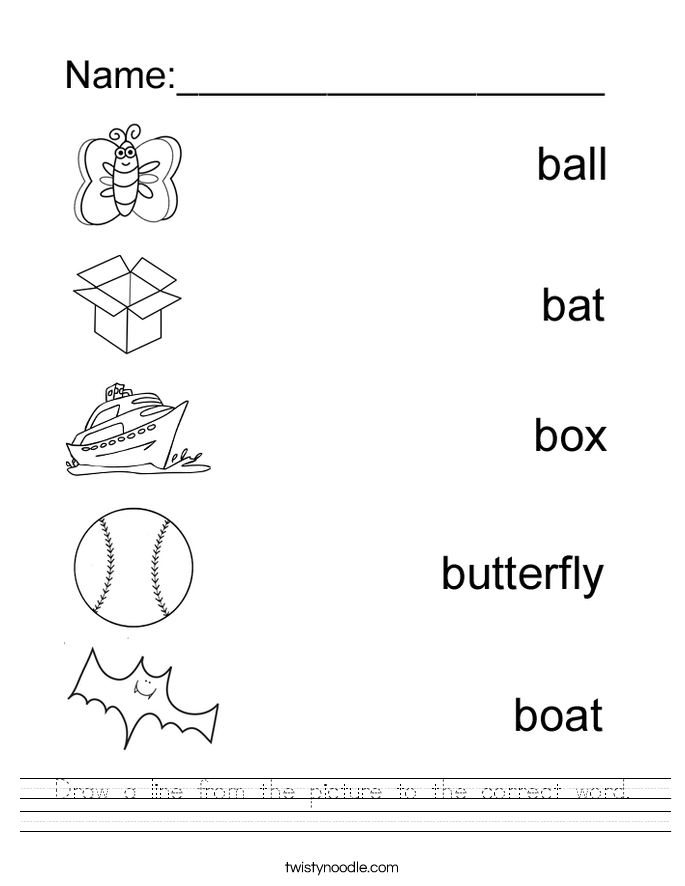
Say Two Words
Say two words, and have kids stand up if the words begin with the same sound. Have them sit down if they do not. For example,
cat – cow (stand up)
hat – goat (sit down)
Letter Sounds Listening Games
Children listen for beginning sounds in words and use bingo markers to stamp a letter each time they hear the letter sound. Get the printable game here: Letter Sounds Listening Games.
Letter Sounds Activity Cards
Children look at the picture, say the word, and find the letter that matches the beginning sound. They mark the cards by clipping it or marking it with a chip. Get the printable game here: Letter Sounds Activity Cards.
Letter Tile Mats
Children match letter tiles to the pictures on the mats by identifying the beginning sound of the words. Get the printable game here: Letter Tile Mats.
More Resources
These are available in my shop.
About Karen Cox
Karen is the founder of PreKinders.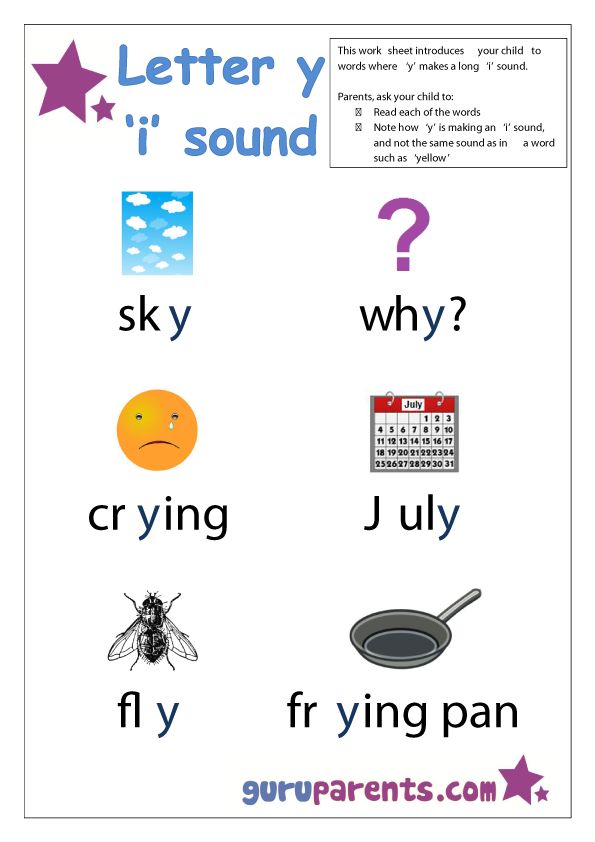 com. She also works as a full-time Pre-K teacher in Georgia. Read more...
com. She also works as a full-time Pre-K teacher in Georgia. Read more...
SEARCH
Sound and letter games | Consultation (senior, preparatory group):
"Games with sounds and letters".
Parents first need to be taught to distinguish sounds in a word, and then to replace the sound with a letter. The main thing is to do it while playing.
You can play with your child everywhere: in transport, at a bus stop, in a supermarket, while waiting for a doctor. Even when preparing dinner in the kitchen, you can play with the sounds.
It is better to start with those that stretch easily: a, y, o, i, l, m, n, s, h, sh. Naturally, sounds that the child does not pronounce should be avoided. The more family members take part in the game, the more interesting it will be.
Here are the simplest games with sounds.
- Ask the child: “What sound does the word a-a-ist begin with?” Lightly pull the first sound. After waiting for an answer, ask: “Is there a sound a in the words: “watermelon”, “beetle”, “onion”? What words contain the "a" sound? Choose words with your child.
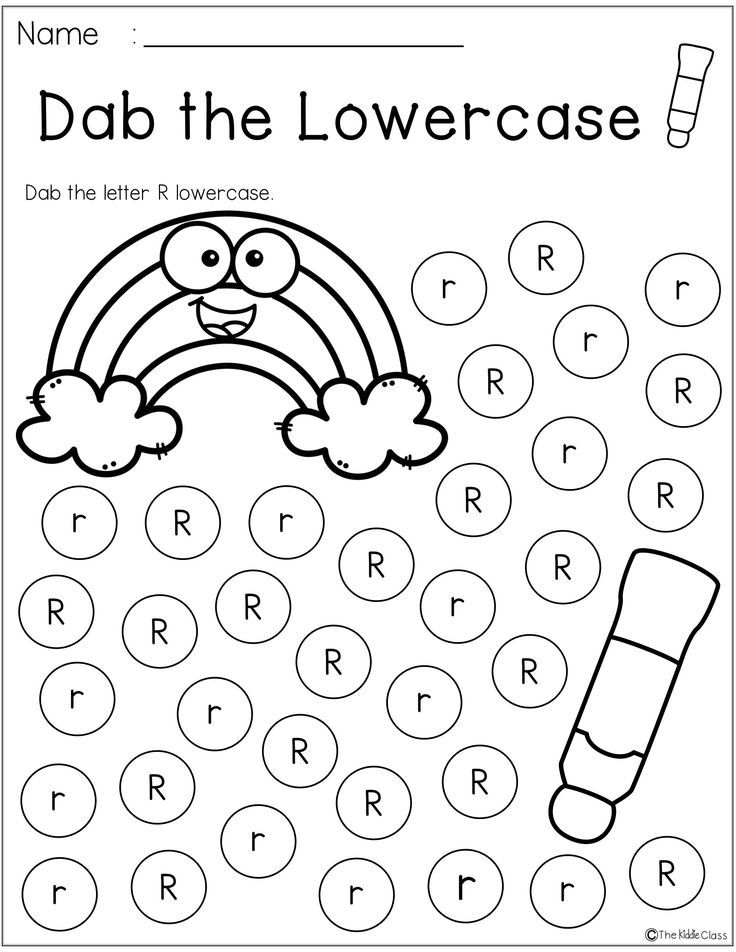 To make the game more interesting, set the order: for a correct answer, the child receives a forfeit, for a mistake - he gives a forfeit.
To make the game more interesting, set the order: for a correct answer, the child receives a forfeit, for a mistake - he gives a forfeit. - Here is a more difficult game: you name a word, the child answers with a word beginning with the same sound. Then he calls the word, and you, answering, are mistaken. Let him find a mistake, give him a phantom for it.
- Even harder: with your child, make up a chain of words, starting with the next sound of the previous word. For example, "ball" - "suitcase" - "nose" - "sled" - "needle", etc.
- Children love to play lotto. It is desirable that several people take part in the game. The host has chips, and the rest have cards with pictures. The host asks: “Who has a word that begins with the sound p?” The hand is raised by those who have on the cards images of objects whose names begin with this sound. They receive chips and cover the image with them. The winner is the one who first closes all the pictures on the card.
- And how children love to play with the Sound Eater!
Introduce your baby to him.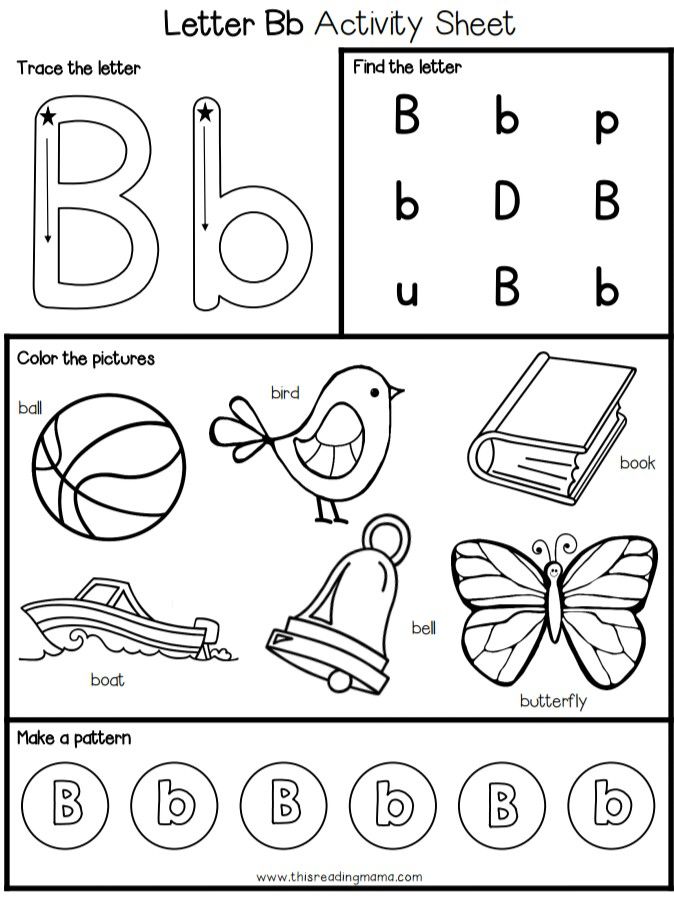 Say: “Sounds have a terrible enemy - the Sound Eater. It feeds on sounds. Here, in our kitchen, the Zvukoedik ate the first sounds in some words. Guess which ones: (k) ran, (sh) kaf, (s) tul, etc.
Say: “Sounds have a terrible enemy - the Sound Eater. It feeds on sounds. Here, in our kitchen, the Zvukoedik ate the first sounds in some words. Guess which ones: (k) ran, (sh) kaf, (s) tul, etc.
The next time the Sound Eater can eat the last sound in the words: “hundred (l)”, “hundred (l)”, “cymbal (a)”, etc. Come up with a new story each time. The sound-eater can get into the garden, the store, the street, the circus, and go fishing.
Play with the Sound Geek until the child can easily identify the first and last sounds in words. And only after that teach him to hear and find sounds in the middle of a word, and also to determine their sequence in words, first from three, and then from four or five sounds.
- The game "House of Sounds" will help you with this.
Draw a house with three windows. Say: “The word “cat” lives in this house. He has three rooms, each with a window. All sounds of the word "sleep" separately. Let's put the word "cat" to sleep.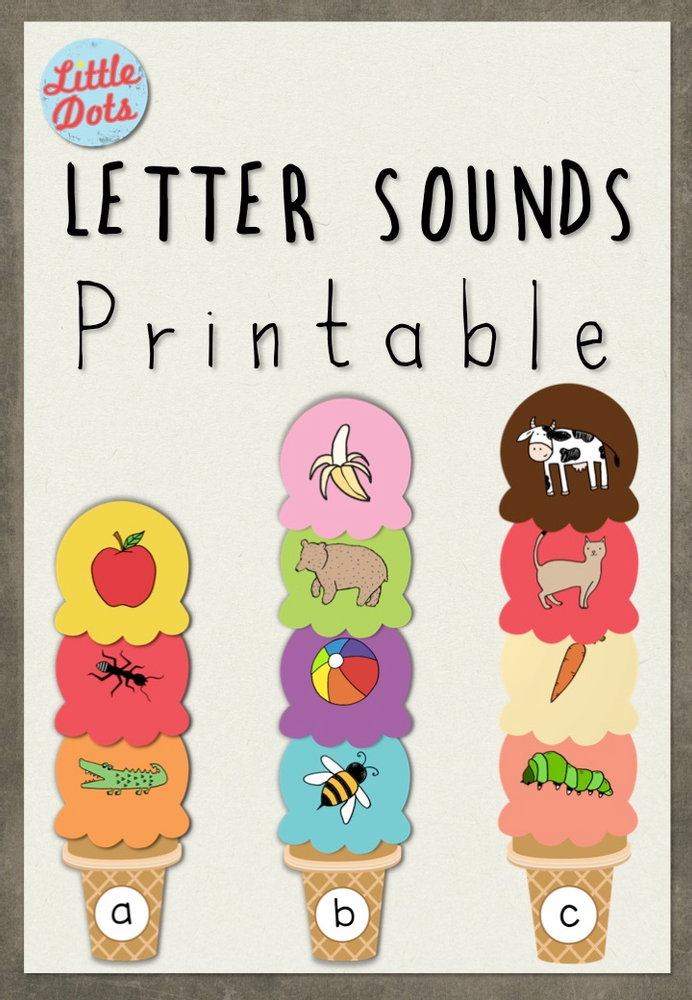 What sound will sleep in the first bedroom? Give the child a blue chip (consonant sound): “This is the first sound. Call him to sleep." The child calls: “K-k-k,” and puts the chip in the first window. Give a red chip (vowel sound), let the baby call the sound “o” to sleep. If he loses it and the second sound “t”, be surprised: “Does “kt” live here? I thought a co-o-ot lives here.”
What sound will sleep in the first bedroom? Give the child a blue chip (consonant sound): “This is the first sound. Call him to sleep." The child calls: “K-k-k,” and puts the chip in the first window. Give a red chip (vowel sound), let the baby call the sound “o” to sleep. If he loses it and the second sound “t”, be surprised: “Does “kt” live here? I thought a co-o-ot lives here.”
Make the game more difficult by suggesting words of four and five sounds. Let the child "settle" in the houses all his friends, animals, "put for storage" food, clothes, furniture.
All these games are board games. If your child prefers outdoor games, you can play Sound Relay with him.
- Place three toy cars (you can take potatoes, cups or other objects instead) a short distance from each other and say that each car contains a sound, and together they carry a word. Take the first car and, moving slowly towards the other car, say: "Ssss." Having reached the second car, drive it and pull the second sound "oh-oh-oh.
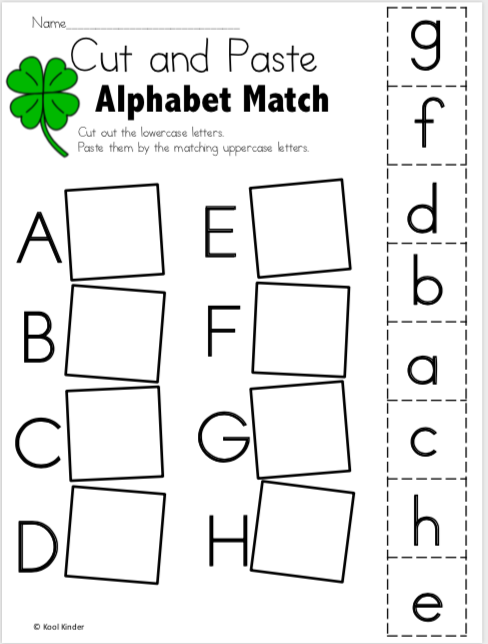 " The third machine rumbles in its own way: "mmm." Ask: “What word is driven by cars?”
" The third machine rumbles in its own way: "mmm." Ask: “What word is driven by cars?”
Introduce the letters to the children along with the sounds. When showing the outline of a letter, say not its name, but the sound that this letter stands for. And introduce children only to block letters. To memorize the correct style of letters, it is good if you look for them in the text, sculpt from plasticine, draw on sand or snow with a stick.
- In order for a child to easily recognize a sound substitute in a letter, include the learned letters in sound games. For example, when playing "House with Sounds", offer to enter the letters of the word CAT in the boxes. Carrying words in typewriters (the game "Relay of sounds"), he can load not invisible sounds, but letters of a split alphabet or cubes with the image of letters.
If a child knows letters and is able to distinguish sounds in words, this does not mean that he can read. He has to make one more discovery: to learn how to merge a consonant sound with a vowel.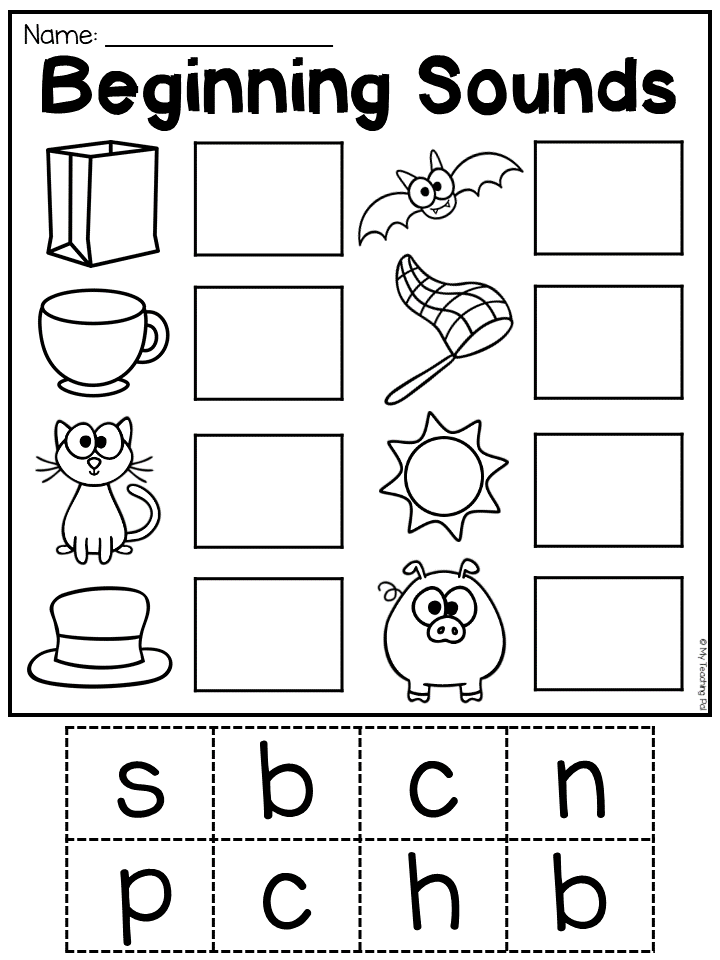
- This is where the Letter House game can help. The house itself can be cut out of cardboard and cardboard strips with letters can be inserted into its windows so that they can be moved freely. In the first window, fix any consonant, and in the second window, stretch a strip with vowels. Help read the syllables: la, lu, lo, ly.
- So, you have taught your child to read syllables – you can start reading monosyllabic words: “poppy”, “varnish”, “son”. After each read word, be sure to find out if the child understands its meaning. Offer to find a picture with the image of this subject, make a sentence with this word.
In conclusion, let's say: teaching children by playing should be simple, without fanfare, but fun, sensible and interesting. Fairy-tale characters can come to visit them, bringing entertaining material in their portfolio, a cheerful Pencil, who can draw magical pictures and diagrams that will come to life with the help of children. They always have a lot of stories, fairy tales about sounds.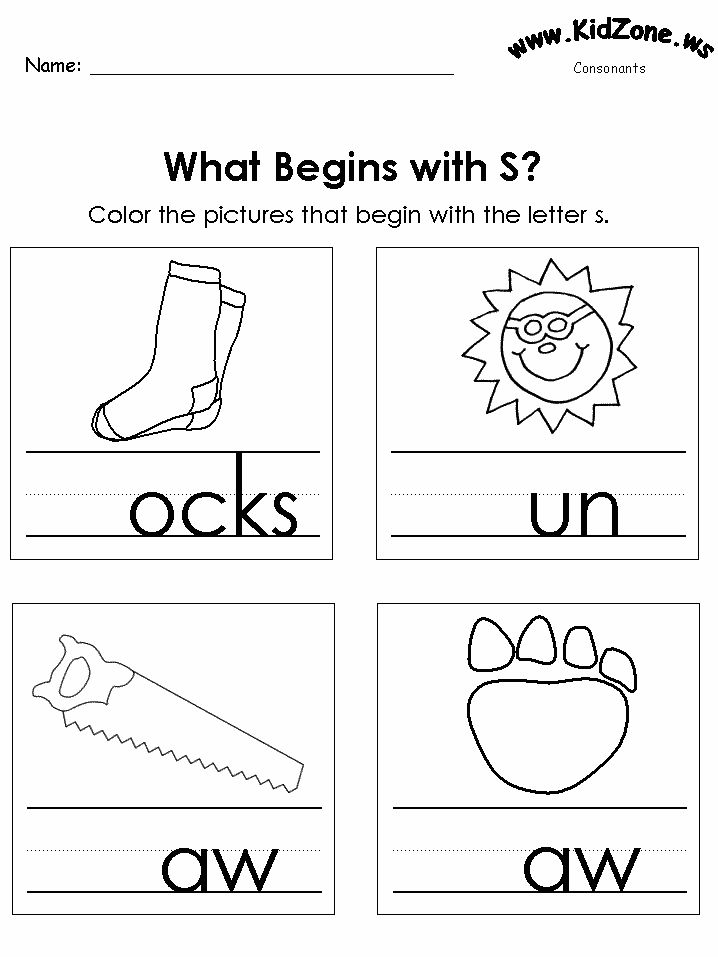 Together with the Zvukoznaiki, let the Zvukoviki fly in, who will turn every lesson for children into a fairy tale, open up a diverse world of words for them, develop their powers of observation and help in understanding the world around them.
Together with the Zvukoznaiki, let the Zvukoviki fly in, who will turn every lesson for children into a fairy tale, open up a diverse world of words for them, develop their powers of observation and help in understanding the world around them.
Advice for parents: "Funny games with sounds"
Dear parents!
Children of older preschool age often have difficulties in mastering the skill of phonemic (sound) analysis and synthesis of words.
First, let's define what the mental operations of analysis and synthesis are.
Analysis is the process of mentally dividing a whole object into parts, as well as establishing connections and relationships between them. Synthesis is a process of mental connection into a single whole of the parts of an object and its features, identified in the process of analysis.
The main difficulty that children experience when dividing a word into its constituent elements - phonemes (sounds) is the inability to hear vowel sounds and separate vowel sounds from consonants.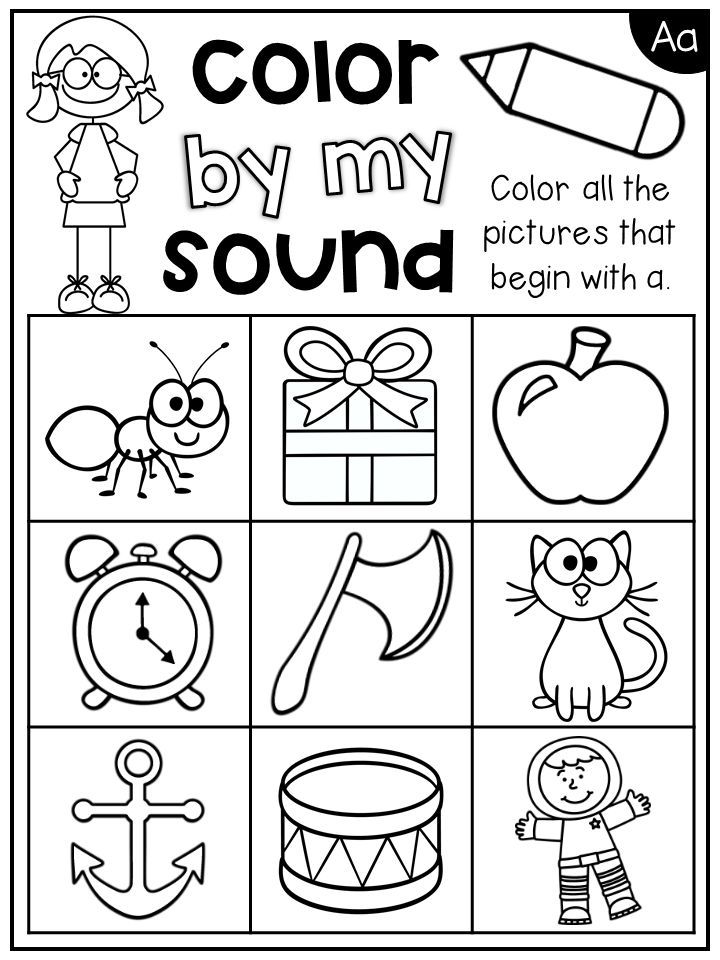
We bring to your attention games and recommendations that will help develop phonemic perception in children (the ability to hear and distinguish speech sounds) and the ability to analyze and synthesize words.
"Say how I am." An adult pronounces a word, highlighting one sound, and the child repeats (mmmylo, car, dommm). It is necessary that the child learns to isolate a specific sound when pronouncing a word.
"Find the place of the sound in the word." To make it interesting for the child, make a road out of colored paper, divide it into three parts, choose a small toy or chip that you will move along the road together. Decide which sound place and in which word you will search. Slowly pronounce the word and focus on the sound (sssok, nosss, missska). If the sound is heard at the beginning of the word, then the toy is at the beginning of the road. If the sound is heard in the middle (end) - the toy moves to the middle (end) of the road and stops there.
"Name the first (last) sound in the word. " The game is played with a ball. The adult calls the word and throws the ball to the child. The child, having caught the ball, calls the first (last) sound in the word.
" The game is played with a ball. The adult calls the word and throws the ball to the child. The child, having caught the ball, calls the first (last) sound in the word.
"Say the word for the given sound." The game is also played with a ball. The adult calls the sound and throws the ball to the child. The child, having caught the ball, calls the word for a given sound.
Suppose that the child has learned to determine which sound you emphasized when pronouncing a word; he himself can say a word, highlighting any sound in it, name words for a given sound, determine the place of a sound in a word. But this does not mean that he has learned sound analysis. When conducting such an analysis, it is necessary to name the sounds of a word in the same sequence in which they are in this word. That is, if you ask a child what sounds the word “cat” consists of, and he answers you: “The word “cat” has the sound “o”, the sound “k” and the sound “t”, - this means that he He hears individual sounds in a word well, but he still does not know how to conduct its sound analysis.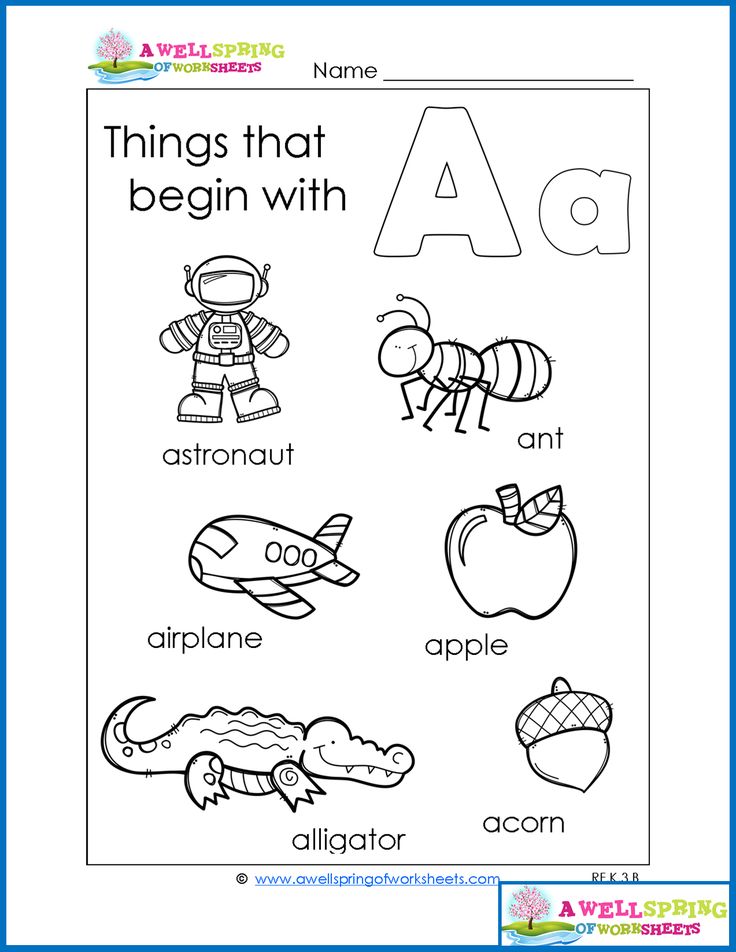 But sound analysis is the basis of competent writing.Just imagine what happens if your child writes down the sounds in a word in an arbitrary sequence!
But sound analysis is the basis of competent writing.Just imagine what happens if your child writes down the sounds in a word in an arbitrary sequence!
In order for a child to analyze any phenomenon, it must be understandable, materially represented. Let's draw a diagram of the sound composition of the word: in the word "house" there are three sounds - let's draw three cells. We will offer the child a picture on which a house is drawn, so that it is clear which word we will parse, and under the house is a diagram of this word: our baby already knows that words consist of sounds. We show him that the cells under the picture suggest how many sounds are in the word. "How many cells?" - "Three". - "How many sounds are there in a word?" - "Also three." - "Let's find these sounds and name them in order. Say the word "house" so that the first sound is heard in it." “D-d-home,” the child says diligently. "What is the first sound in this word?" - "D". - "Very good! Let's close the first cell with a chip, what sound will it be?" - "D".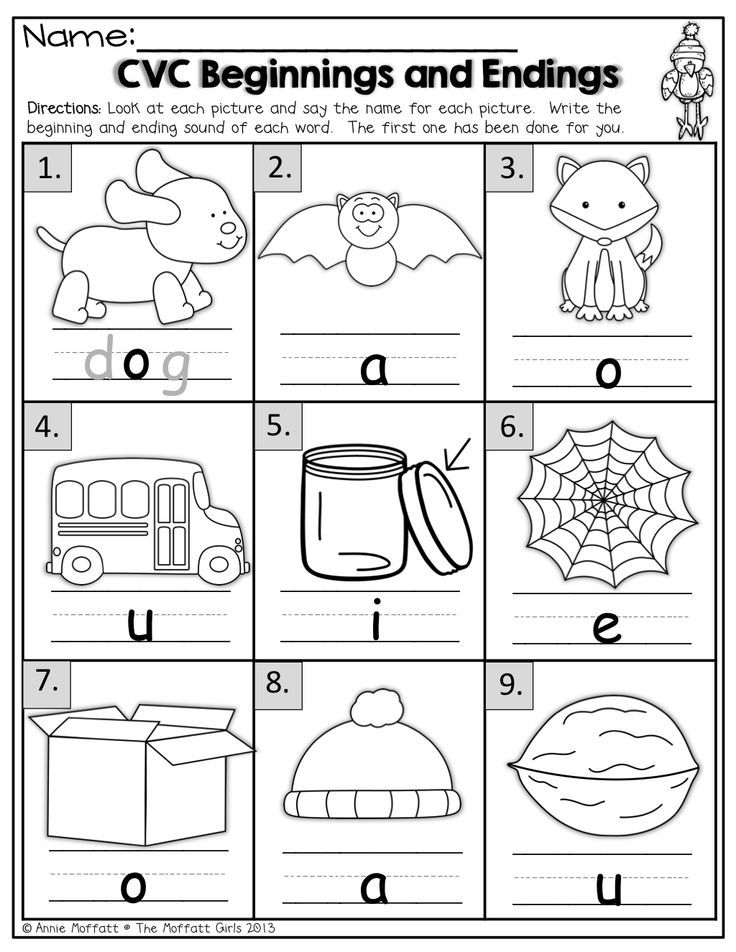 Any material can be used as chips: cut squares from white cardboard or take a mosaic and select white or yellow elements from it. Don't touch the red, blue and green ones - you'll need them later.
Any material can be used as chips: cut squares from white cardboard or take a mosaic and select white or yellow elements from it. Don't touch the red, blue and green ones - you'll need them later.
So, in front of the child is a diagram of the sound composition of the word "house". The first cell is already closed - the first sound in the word is found. You can move on. "Now let's pronounce the word "house" so that we hear the second sound in it; the first, "d", - we already know. Help the child for the first time, say with him: "to-o-oh."
Here we are the scheme of the sound composition of the word will help: you need to pronounce the word and at the same time move your finger, or better with a special stick - a pointer according to the scheme and stop the pointer on the second cell for a long time. om". "What is the second sound in this word?" - "Oh". - "Excellent! Let's designate this sound with a chip. "The child takes exactly the same chip as the first one and puts it on the second cell.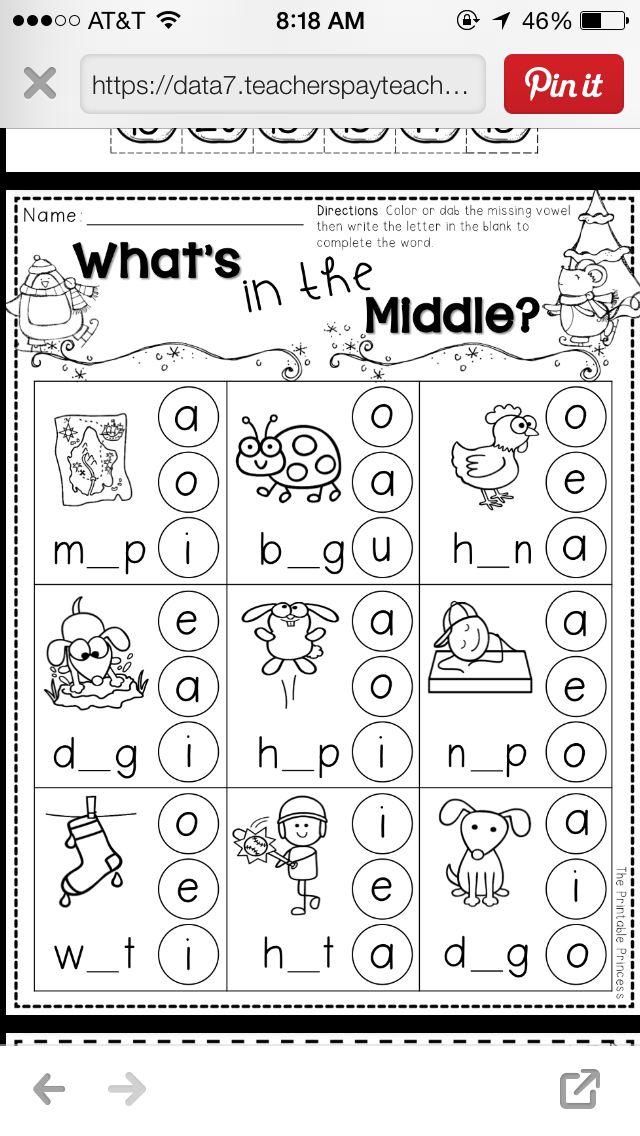 "You see, - you continue, - we already know two sounds in the word "house". Let's find the last sound in this word. Say the word "house" so that the last sound is heard."
"You see, - you continue, - we already know two sounds in the word "house". Let's find the last sound in this word. Say the word "house" so that the last sound is heard."
And again, you move the pointer along the already almost completed word scheme and say: "do-m-m-m." "What is the last sound in the word 'house'?" - "M", - the child answers and puts the last, third chip on the diagram. It is very important to ensure that the child pronounces the word in strict accordance with the movement of the pointer, otherwise he will skip sounds.
Here is the first sound analysis of the word. When studying with a child, you need to remember all the time: we teach him the sound analysis of the word, we teach him to listen to the word, to hear the sounds that make it up. Therefore, sounds should be called as they are heard in the word!
In the preparatory group of the kindergarten, the children get acquainted with the characteristics of sounds and learn to make a sound analysis of a word using special color designations.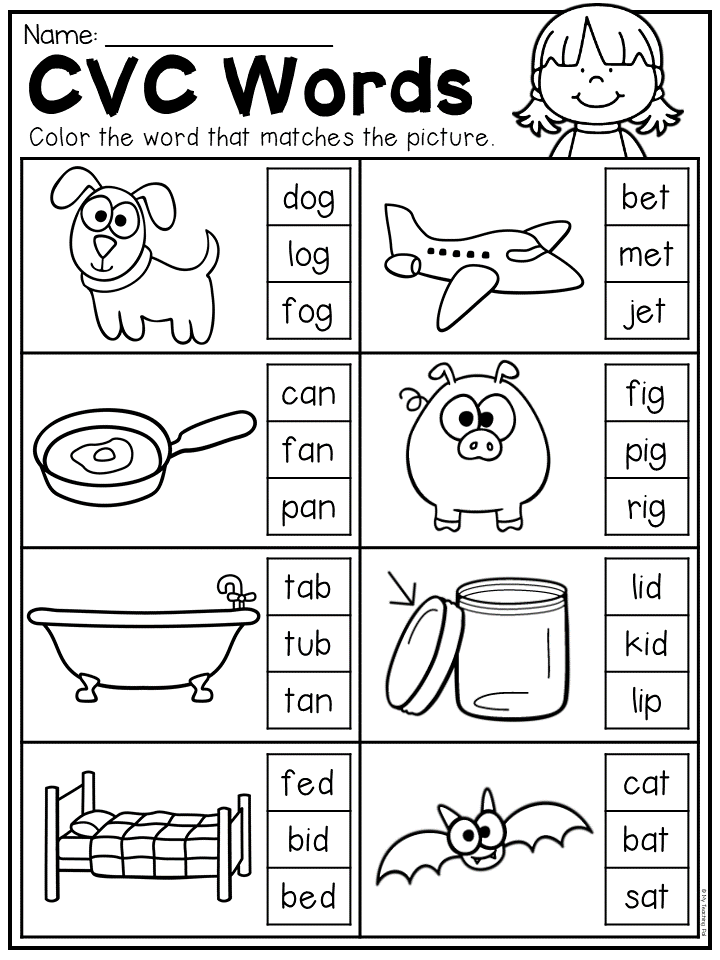 To help a child make a sound analysis of a word, an adult must himself be guided in which sounds are vowels and which are consonants. Let's remember that vowels are sounds, during the formation of which the air in the oral cavity does not encounter obstacles in its path. Only the voice is involved in the formation of vowel sounds. These sounds can be sung. Vowel sounds are marked in red.
To help a child make a sound analysis of a word, an adult must himself be guided in which sounds are vowels and which are consonants. Let's remember that vowels are sounds, during the formation of which the air in the oral cavity does not encounter obstacles in its path. Only the voice is involved in the formation of vowel sounds. These sounds can be sung. Vowel sounds are marked in red.
Consonant sounds - speech sounds consisting of voice and noise or only noise that is formed in the oral cavity, where the air stream meets various obstacles: lips, teeth, tongue and palate. Consonants are hard and soft. Hard consonants, for example, the sound "n", we designate in blue, and soft consonants, for example, the sound "n", - in green.
To make the child interested, include entertaining moments, try to maintain a strong interest in joint play activities, a desire to learn new things and acquire knowledge and skills. A child can make word schemes using not only cards and chips, but also with the help of buttons, toys of the appropriate colors.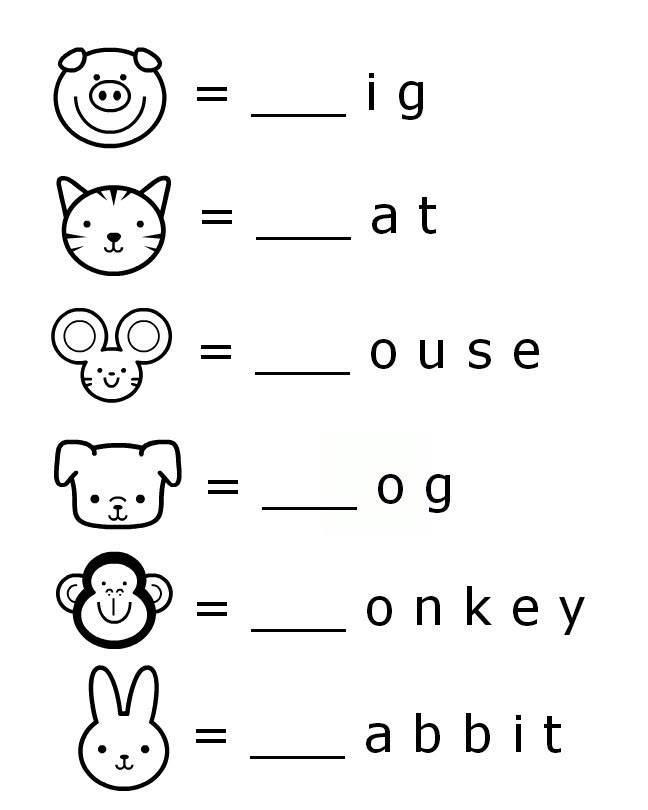 You can make a sound analysis box and fill it with tokens. Working with multi-colored mosaic elements, chips, tokens, buttons develops fine motor skills of fingers, visual perception and attention.
You can make a sound analysis box and fill it with tokens. Working with multi-colored mosaic elements, chips, tokens, buttons develops fine motor skills of fingers, visual perception and attention.
Choose the items you like and make a sound analysis of the word with your child. For example, the words "poppy".
"M-m-mack" (the sound "m" is emphasized) - tell me how I am. What is the first sound in this word? Is it a vowel or a consonant? Why? Is this consonant hard or soft? Take the token that stands for the consonant solid sound "m" and put it under the picture.
"Ma-a-ak" - tell me how I am. What sound do you hear after the "m" sound? What is this sound? Why? Take the token that represents the vowel sound "a" and place it also under the picture to the right of the first token.
"Mak-k-k" - tell me how I am. What is the last sound in this word? Is it a vowel or a consonant? Why? Take the token that represents the consonant sound "k" and put it again under the picture after the token that represents the sound "a".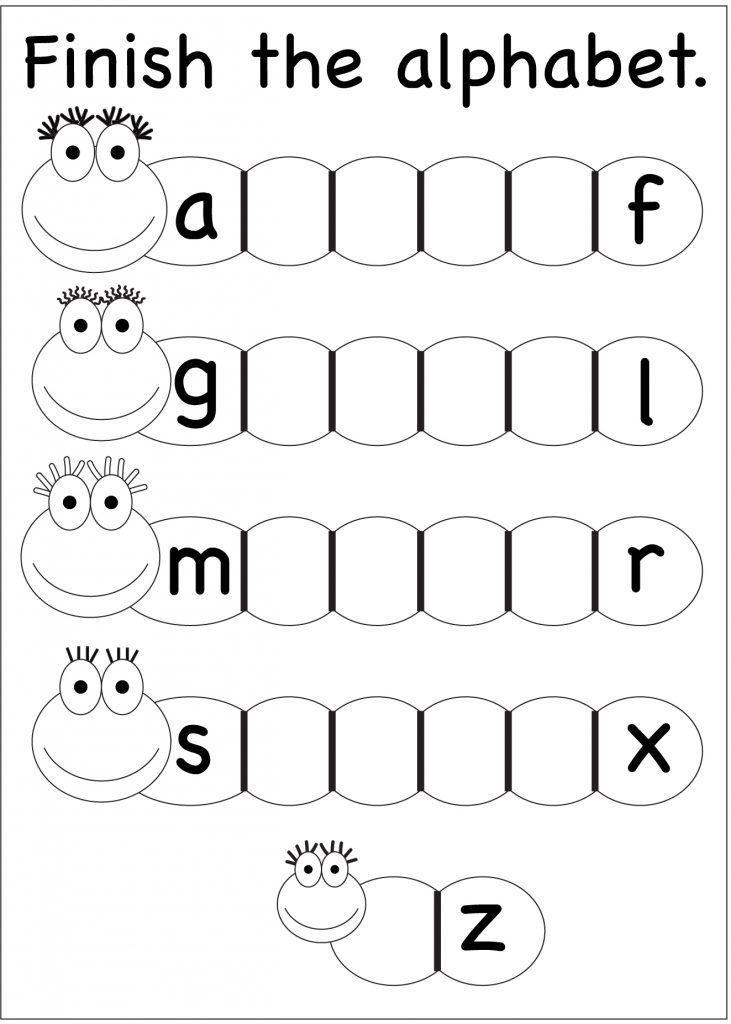
Name all the sounds in the word "poppy" in order. What is the first sound in the word poppy? What is the final sound in this word? Where is the sound "a": at the beginning, at the end or in the middle of a word? Name the vowel sound in the word. Name the consonant sounds in the word. What are they: hard or soft? How many sounds are in the word poppy?
Sound analysis results in a colorful scheme.
Now you can invite your child to draw it in a notebook in a cage or on a piece of paper and pronounce the word again by sounds. It is not recommended to move on to the sound analysis of complex words without mastering simple ones.
To develop sound synthesis, play the game "Guess the word" with your child. You name individual sounds, and the child guesses the word, for example, "k", "o", "t" - "cat".
Good luck to you and your children!
From sound to letter | Mersibo
Screenshots of
- Description of
- Game blocks
- For whom
- Games
All categories
Description
"From sound to letter" - interactive games for the initial stage of learning to read.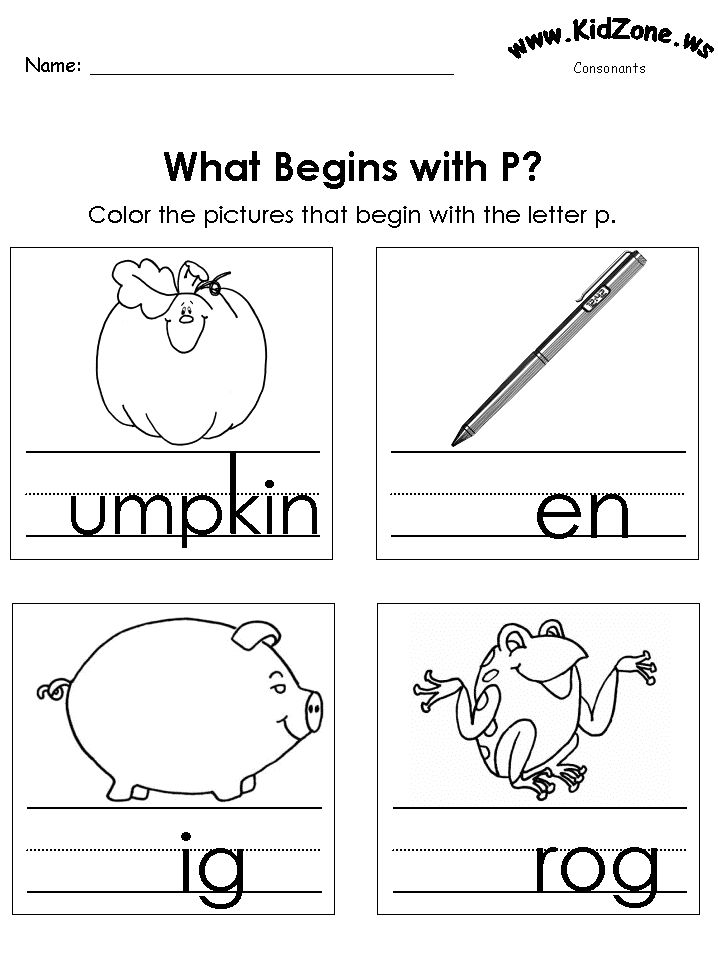 Games will help you get acquainted with letters and sounds, master reading by syllables and develop the skill of sound analysis of words.
Games will help you get acquainted with letters and sounds, master reading by syllables and develop the skill of sound analysis of words.
This is the first flash drive from the "Read it" series . This series contains flash drives with games for learning to read according to the classical method, adapted to the characteristics of modern children.
Child adaptation
The difficulty of the games can be varied depending on the child's developmental level.
Motivation of the child
Tasks are made in a playful way, which helps to interest the child and captivate him with reading.
Game blocks
Games divided into 5 blocks
- Visual image of the letter . In games, the child finds the given letters, looks for errors in them and trains visual memory.
- Correlation of sound and letter . Games for training the skill of quick recognition and naming of letters.
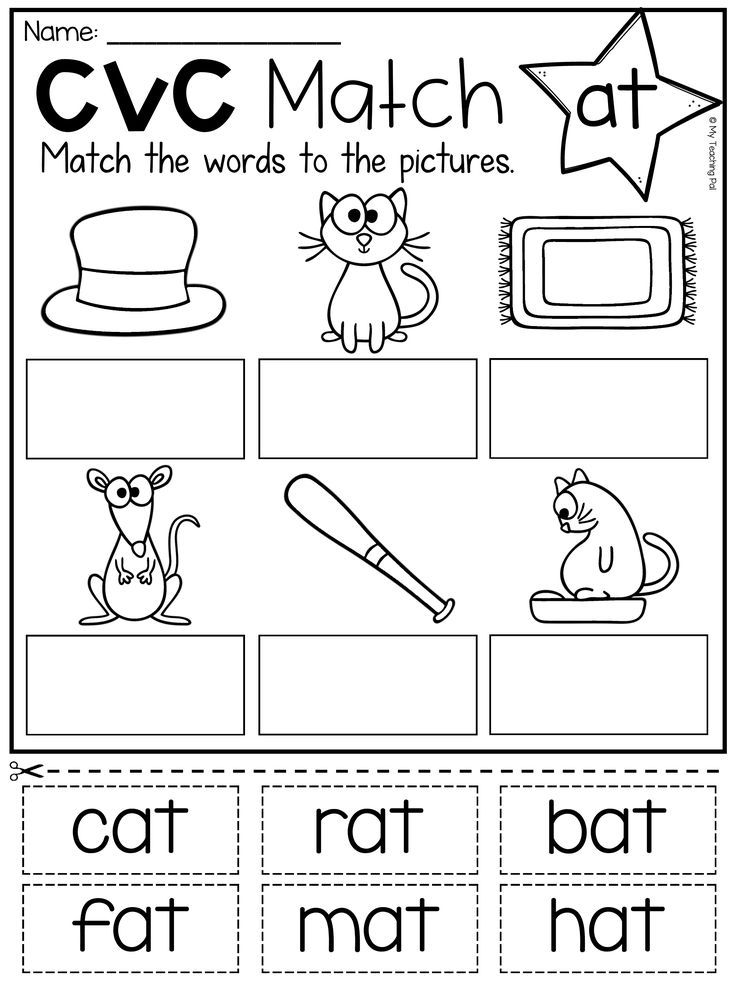
- The formation of a syllable . Games help explain how a syllable is formed and work out the technique of adding syllables.
- Alphabet . Alphabet memorization game.
- Phonemics . Games for mastering the first stage of sound-letter analysis.
For whom
For which specialists
- educators,
- teachers,
- speech therapists,
- defectologists.
For which classes
- individual and group lessons,
- with children from 4 years old.
Specification
For classes you will need a computer running Windows 8 or higher operating system.
Games
ABC for boys
Choosing a letter of the alphabet, the child gets acquainted with the rhyme, learns it and memorizes the chosen letter.
Save the Princess
Select paired letters with a mouse click.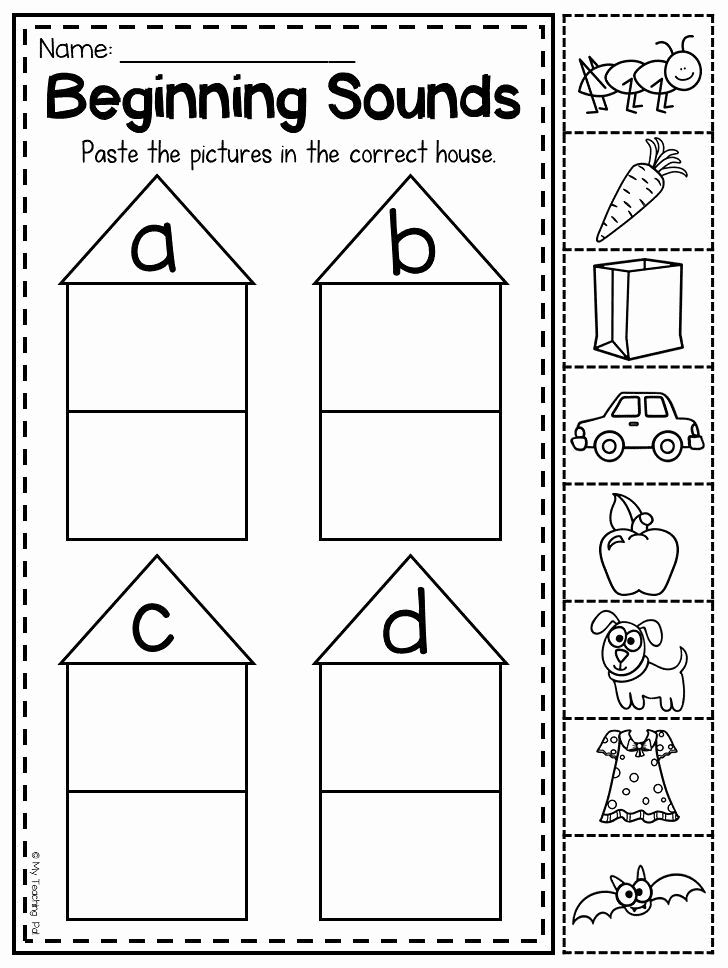
Letter Eating Frog
Frog eats only the “correct” letters. The wrong ones make her stomach hurt. You can correct a letter by clicking on it. The flight speed of the letters is adjustable in the settings.
Safe with security
The letters are matched to the characters on the left and then typed on the keyboard and inserted into the word box.
Poor Whelpling
Whelping must arrange sounds into chests with letters written on them. Hearing a sound, he “grabs a cloud” and transfers it to the desired chest.
Balloons
The child needs to listen to the spoken sound, repeat it and click on the balloons with the corresponding letter. In the settings, you can choose the type of pronunciation of letters.
All guests to us
Listening to the names of the letters, you have to click on them.
Hello letter
Various letters appear on the screen. The task of the child is at his own pace, but as quickly as possible, to name the letters that appear and click on them.